News Beat
News Beat reporting is an idrw.org initiative to let our Readers to report News Based on Actual facts but some how has not been reported in Main Stream Media .
SOURCE: RAUNAK KUNDE / NEWS BEAT / IDRW.ORG

The Indian Air Force (IAF) is set to bolster its Airbus A321 fleet as part of its ongoing efforts to enhance its airborne capabilities. After receiving clearance to procure six Airbus A321 commercial platforms for conversion into Netra 2.0 airborne early warning and control (AEW&C) aircraft, the IAF is now planning to acquire seven additional Airbus A321 platforms from the used market. These aircraft will be repurposed for signals intelligence (SIGINT) and communications jamming (COMJAM) roles, further strengthening the IAF’s operational versatility.
The specific requirements entail acquiring five aircraft that will be suitably integrated and certified by the original equipment manufacturer (OEM) for SIGINT and COMJAM duties. Additionally, two aircraft will be designated for SIGINT roles. Initially, the IAF is considering procuring three aircraft in the first phase of this expansion.
Continue readingSOURCE: RAUNAK KUNDE / NEWS BEAT / IDRW.ORG


Embraer, a renowned Brazilian aerospace company, has extended an enticing offer to Indian manufacturers, presenting them with the opportunity to collaborate on its next-generation turboprop concept. This innovative proposal has the potential to revolutionize regional transport aircraft in India. The concept, which has been evolving since its inception in 2017, showcases a conventionally powered turboprop design with twin engines at the rear of the fuselage, capable of ferrying between 70 and 90 passengers.
Embraer’s approach to the development of its regional turboprop is characterized by careful consideration and strategic collaboration. The company has taken a patient approach, emphasizing the importance of finding suitable partners in India. Among the potential collaborators is Hindustan Aeronautics Limited (HAL), a state-owned aerospace and defence company. HAL previously had plans to develop regional turboprop aircraft in partnership with the National Aerospace Laboratories (NAL). Embraer’s proposal aligns with India’s ambitions to strengthen its aerospace capabilities.
Continue readingSOURCE: RAUNAK KUNDE / NEWS BEAT / IDRW.ORG


The Indian Navy’s ambitious program for the development of a Shore Based Guided Rocket (SB-GR) System is on the verge of receiving “Approval in principle (AIP)” from the Collegiate Committee of the Ministry of Defence (MoD). The project has reached a critical juncture, with the feasibility study set to be submitted in the coming months.
The Shore-Based Guided Rocket (SB-GR) System, designated as the R Battery, encompasses a comprehensive array of components, including the Launcher Vehicle, Command Post, Loading Vehicle, and Replenishment Vehicle. The core of the system comprises SB-GR rockets equipped with advanced features such as a Guidance System, Warhead, Fuses, and Propulsion System. This innovative system is envisioned as an anti-submarine weapon, with multiple rocket launchers encased in a pod arrangement.
Continue readingSOURCE: RAUNAK KUNDE / NEWS BEAT / IDRW.ORG


Airbus, one of the world’s premier aircraft manufacturers, has thrown its hat into the ring in response to the Indian Air Force’s (IAF) Request for Information (RFI) for a Medium Transport Aircraft (MTA). Their offering? The formidable A400M Atlas is a versatile transport aircraft that stands poised to redefine the nation’s strategic airlift capabilities.
The A400M Atlas, a substantial aircraft by any measure, fits snugly between the Lockheed Martin C-130 Hercules and the Boeing C-17 Globemaster III in terms of size. However, where it truly distinguishes itself is in its carrying capacity. Capable of ferrying twice the weight of a C-130 and boasting an additional 10 tons of payload capacity compared to the Embraer C-390M, it offers India a robust and versatile solution for their MTA needs.
Continue readingSOURCE: RAUNAK KUNDE / NEWS BEAT / IDRW.ORG
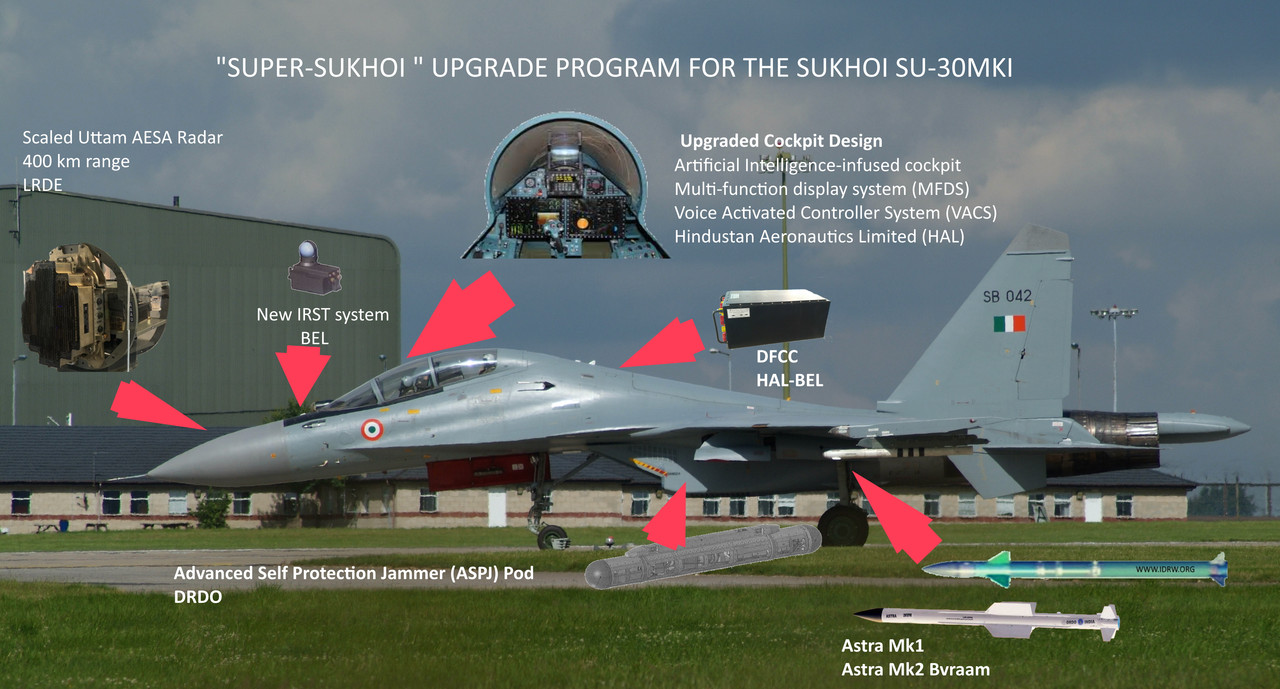

India’s state-owned aerospace and defence company, Hindustan Aeronautics Limited (HAL), is gearing up for a substantial modernization project aimed at upgrading the Indian Air Force’s (IAF) fleet of Sukhoi-30MKI aircraft. This initiative, set to commence from the fiscal year 2026-27, represents a significant leap in India’s efforts to enhance its air combat capabilities and keep pace with the evolving landscape of aerial warfare.
The proposed upgrades to the Sukhoi-30MKI fleet are both comprehensive and ambitious. HAL envisions a radical transformation of these formidable fighter aircraft, encompassing various key aspects:
Continue readingSOURCE: RAUNAK KUNDE / NEWS BEAT / IDRW.ORG
:quality(70)/cloudfront-us-east-1.images.arcpublishing.com/archetype/MIWSWLJXSFFOBETQ2VPEIR6B3A.jpg)

In a significant stride towards enhancing India’s defence capabilities, Bharat Dynamics Limited (BDL) and the UAE-based EDGE Group have jointly developed the Al Tariq-LR, a long-range precision-guided munition (PGM). This advanced weapon system is poised to undergo testing from a HAL-owned fighter jet in 2024.
The collaboration between these two entities promises to bring modular, long-range precision capabilities to India’s arsenal, bolstering its precision-guided munition offerings. The Al Tariq-LR is designed to provide precise strikes against a variety of targets, including high-priority-fixed, off-axis, moving, and re-locatable ones.
Continue readingSOURCE: RAUNAK KUNDE / NEWS BEAT / IDRW.ORG
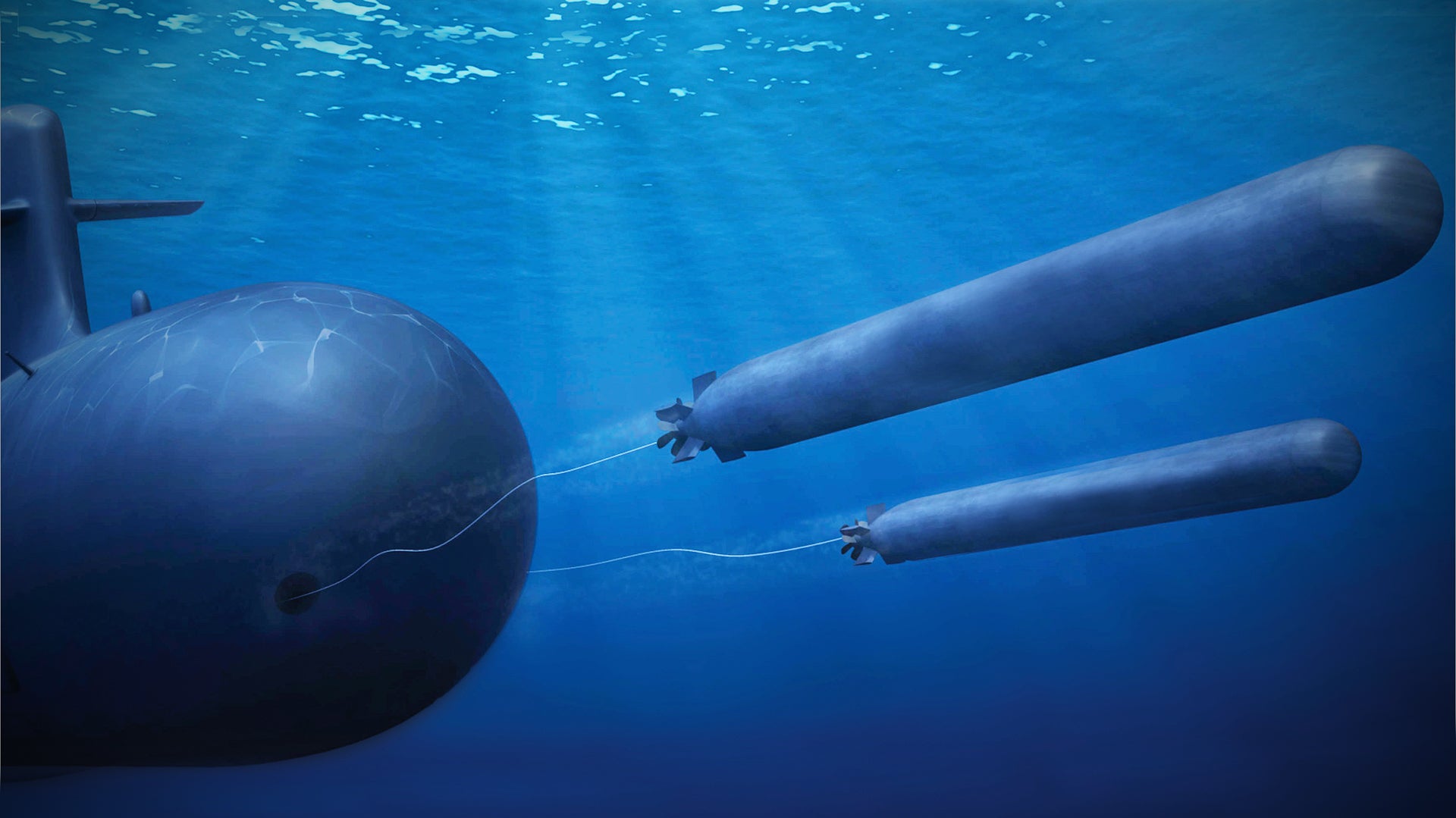

NSTL recently issued an Expression of Interest (EOI) inviting prospective partners for the development and production of a cutting-edge Heavy Weight Torpedo (HWT) designed for deployment on Indian naval platforms. This ambitious endeavour, part of the P-75 Platforms initiative, aims to equip the Indian Navy with a formidable weapon to counter contemporary maritime threats effectively.
The Expression of Interest outlines a comprehensive scope of work, encompassing three distinct phases: development, production and testing, and long-term post-delivery support. Within these phases, various activities are envisaged, ranging from the initial development to the sustained operational readiness of the HWT. Here’s an overview of the key aspects of this groundbreaking project:
Continue readingSOURCE: RAUNAK KUNDE / NEWS BEAT / IDRW.ORG


The Defense Research and Development Organisation (DRDO) of India is on the brink of achieving a major milestone in its defence capabilities with the impending final user and developmental trials of its Indigenous Anti-Radiation Missile, Rudram 1.
This cutting-edge tactical anti-radiation missile, initially developed for the Indian Air Force, is poised to enhance India’s air defence capabilities significantly. Notably, Rudram 1 is set to be adapted for use with the LCA-Tejas and Dassault Rafale, further expanding its reach and potential.
Continue readingSOURCE: RAUNAK KUNDE / NEWS BEAT / IDRW.ORG
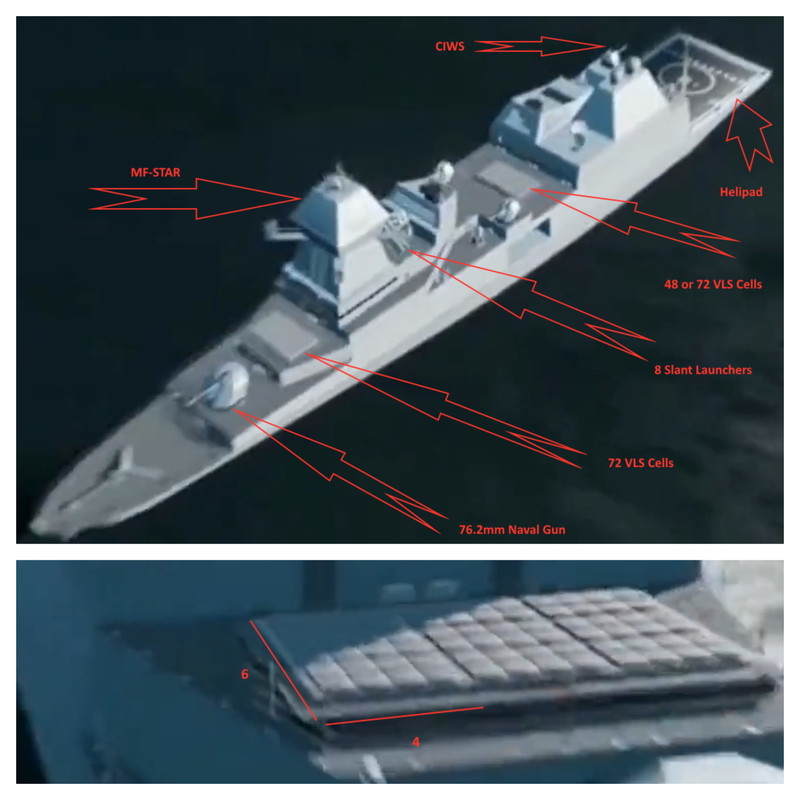

In the ever-evolving landscape of naval warfare, India’s Next-Generation Destroyer (NGD), colloquially referred to as Project 18, is emerging as a symbol of the nation’s commitment to maritime security and technological advancement.
As of now, the NGD program is in the conceptual studies phase, with tantalizing details hinting at its potential. Commander PR Hari, IN (Retd.), who serves as the Chairman and Managing Director of Garden Reach Shipbuilders & Engineers (GRSE), shed light on the program’s timeline. In a recent media interview, he indicated that the Request for Proposal (RFP) for the NGD program might be issued around 2026-27.
Continue readingSOURCE: RAUNAK KUNDE / NEWS BEAT / IDRW.ORG

The Ministry of Defence of the Government of India has unveiled its intention to procure 170 Armoured Recovery Vehicles (ARV) built on a tracked platform. This strategic move is poised to strengthen India’s military capabilities by ensuring swift recovery and repair of armoured vehicles under various challenging terrain and weather conditions.
This Request for Information (RFI) is a pivotal step in the procurement process, aimed at finalizing the Specific Qualitative Requirements (SQRs), determining the appropriate procurement category, and identifying potential Indian vendors capable of commencing ARV supply within two years of the contract award. The intended production rate is a minimum of 50 ARV vehicles per year, underscoring India’s commitment to expedited reinforcement of its military infrastructure.
Continue readingSOURCE: RAUNAK KUNDE / NEWS BEAT / IDRW.ORG
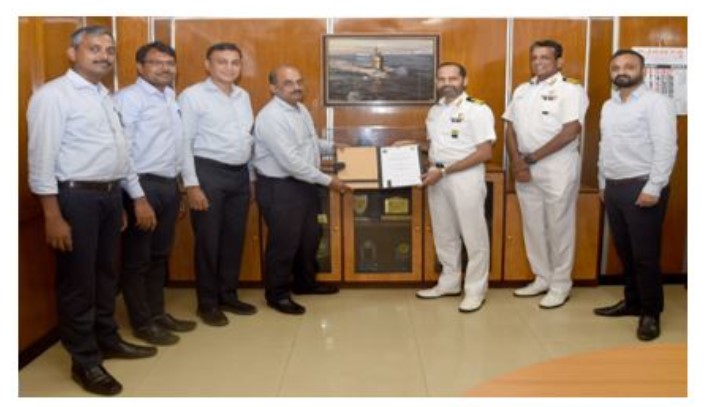

Mazagon Dock Shipbuilders Ltd. (MDL), based in Mumbai, has taken a significant step towards enhancing India’s naval capabilities by signing a Memorandum of Understanding (MoU) with the Indian Navy’s Submarine Design Group. The MoU, signed on August 25, 2023, paves the way for joint efforts in the research and development of cutting-edge technologies and equipment for submarines and other underwater vehicles.
This collaborative venture is poised to bring together the expertise and resources of the Indian Navy and MDL, aligning their efforts towards the indigenous design and development of submarines and underwater vehicles. Such a partnership is expected to make substantial contributions to India’s “Atmanirbhar Bharat” initiative, which emphasizes self-reliance and indigenous development in various sectors, including defence.
Continue readingSOURCE: RAUNAK KUNDE / NEWS BEAT / IDRW.ORG


Recent collaborative testing between the Air Force Research Laboratory (AFRL) and India-based aerospace start-up NewSpace Research and Technologies (NRT) has yielded results that corroborate experimental wind tunnel data. These findings align with wind tunnel modelling predictions conducted in India, marking a significant milestone in the ongoing Cooperative Research and Development Agreement (CRADA) between AFRL and NRT.
The collaborative testing took place at the AFRL Vertical Wind Tunnel facility located at Wright-Patterson Air Force Base. The CRADA between AFRL and NRT is part of the Defense Technology and Trade Initiative (DTTI), which aims to foster technical progress for both partners. CRADAs are valuable mechanisms for partnering with innovative small businesses both domestically and internationally.
Continue readingSOURCE: RAUNAK KUNDE / NEWS BEAT / IDRW.ORG
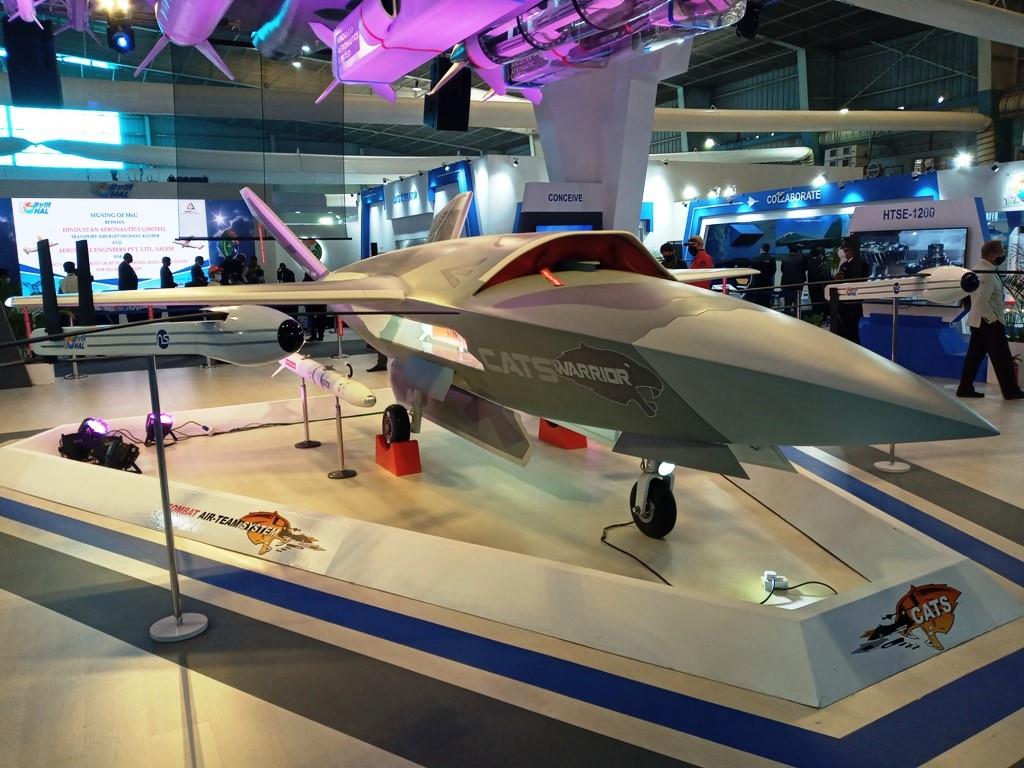

Despite reservations expressed by Air Chief Marshal Vivek R Chaudhari, Chief of the Air Staff, regarding the procurement of Armed Drones due to their vulnerability in contested airspace, the Indian Air Force (IAF) is actively exploring the development of stealthy Unmanned Combat Aerial Vehicles (UCAVs) and Loyal Wingman systems, driven by the rapidly evolving landscape of modern warfare.
The IAF’s strategic outlook is shaped by the changing dynamics of warfare, with a focus on the “Contours of Future Wars” and the rise of multi-dimensional hybrid warfare, which has been observed in recent global conflicts.
Continue readingSOURCE: RAUNAK KUNDE / NEWS BEAT / IDRW.ORG
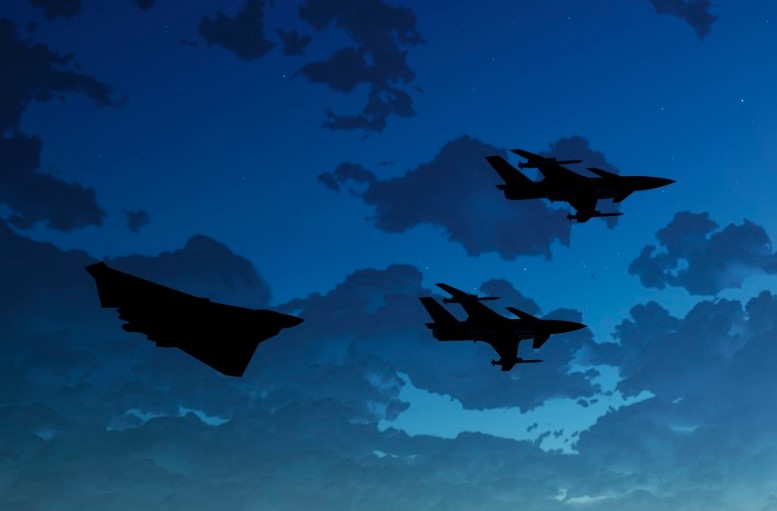

The Indian Navy’s forthcoming Naval Innovation and Indigenization Organization Seminar, Swavlamban, scheduled for October 4-5, 2023, is generating considerable buzz and excitement within defence and aerospace circles. The seminar promises to unveil cutting-edge indigenous naval air assets that are currently in development, sparking intrigue and anticipation among defence enthusiasts and industry experts.
One notable figure contributing to the excitement is Harsh Vardhan Thakur, a former Indian Air Force (IAF) pilot and a distinguished test pilot with the state-owned Hindustan Aeronautics Limited (HAL). Thakur, in response to the anticipation surrounding Swavlamban, extended an invitation to attendees, hinting that the event would showcase the future of Indian-origin naval air assets.
Continue readingSOURCE: RAUNAK KUNDE / NEWS BEAT / IDRW.ORG


India’s Astra Mk1 Beyond Visual Range (BVR) air-to-air missile is set to undergo a series of rigorous tests in the coming months, despite its recent successful test launch from the LCA-Tejas LSP-7 aircraft off the coast of Goa. These tests are crucial for clearing the missile for operational use and ensuring its effectiveness in combat scenarios.
The Astra Mk1 missile, which was successfully tested last month, is an indigenous BVR missile designed to engage and destroy aerial targets at extended ranges. However, before it can be deployed in the Indian Air Force’s (IAF) LCA-Tejas operational fleet, it must undergo more stringent testing parameters.
Continue reading